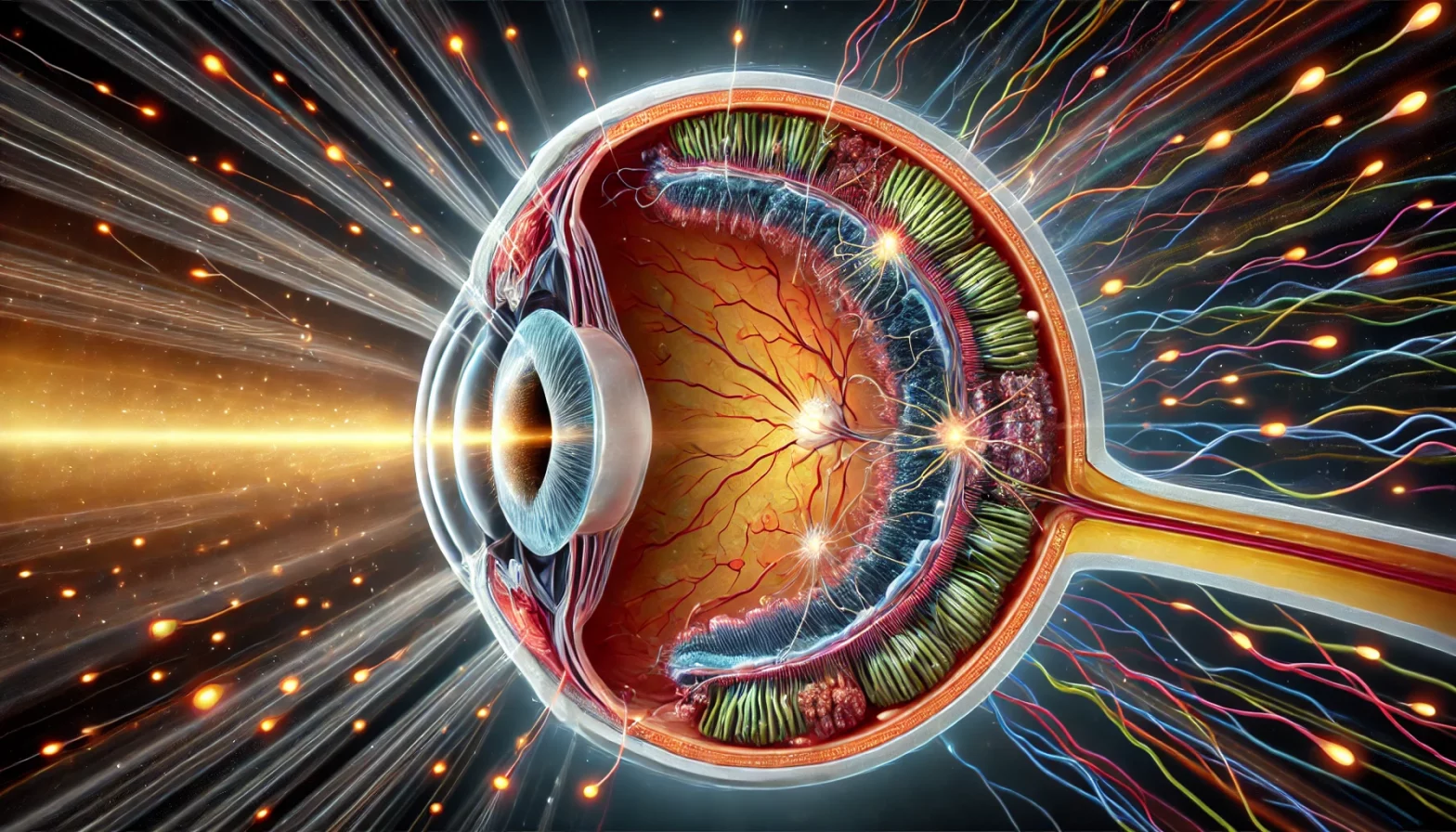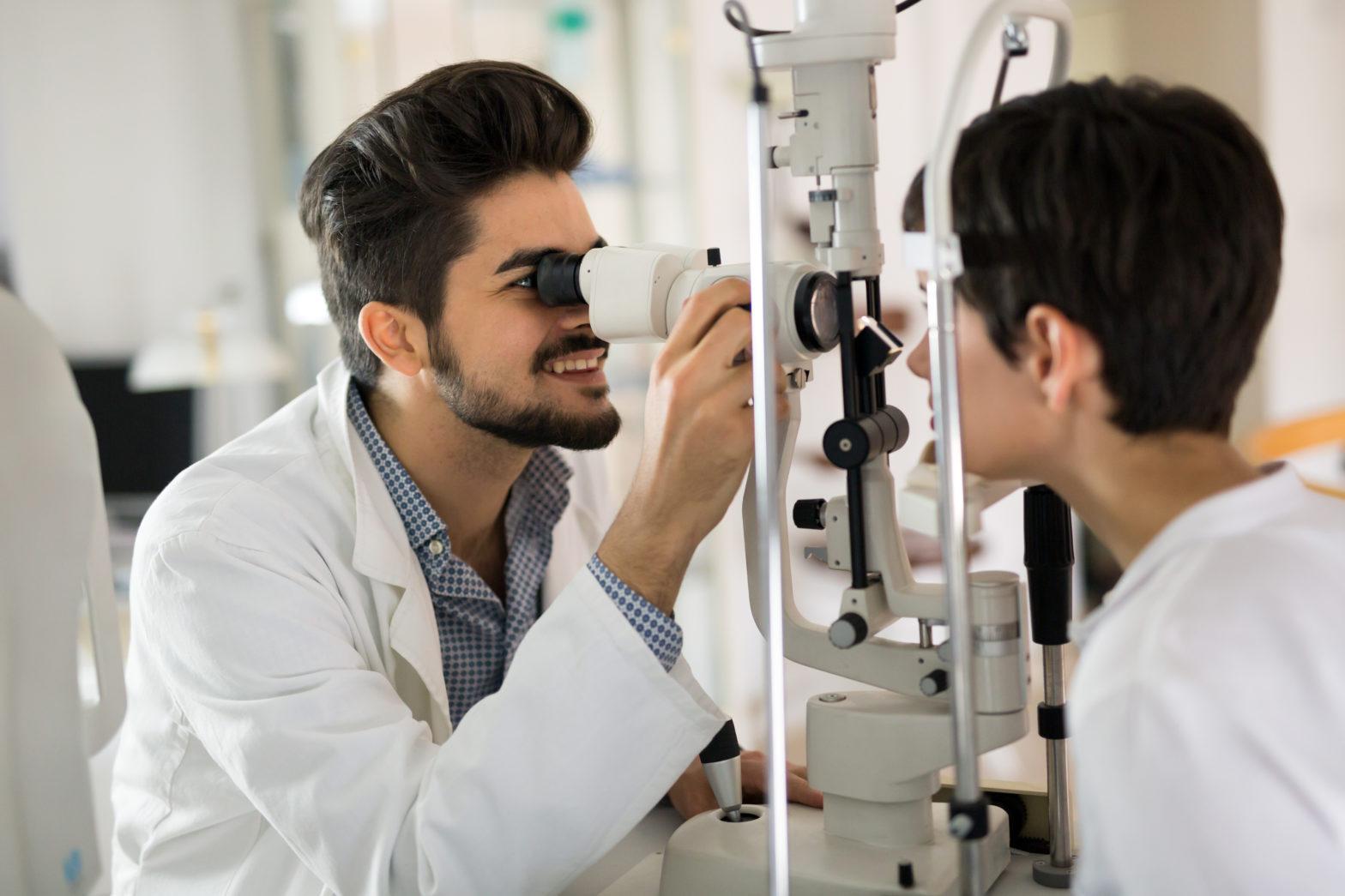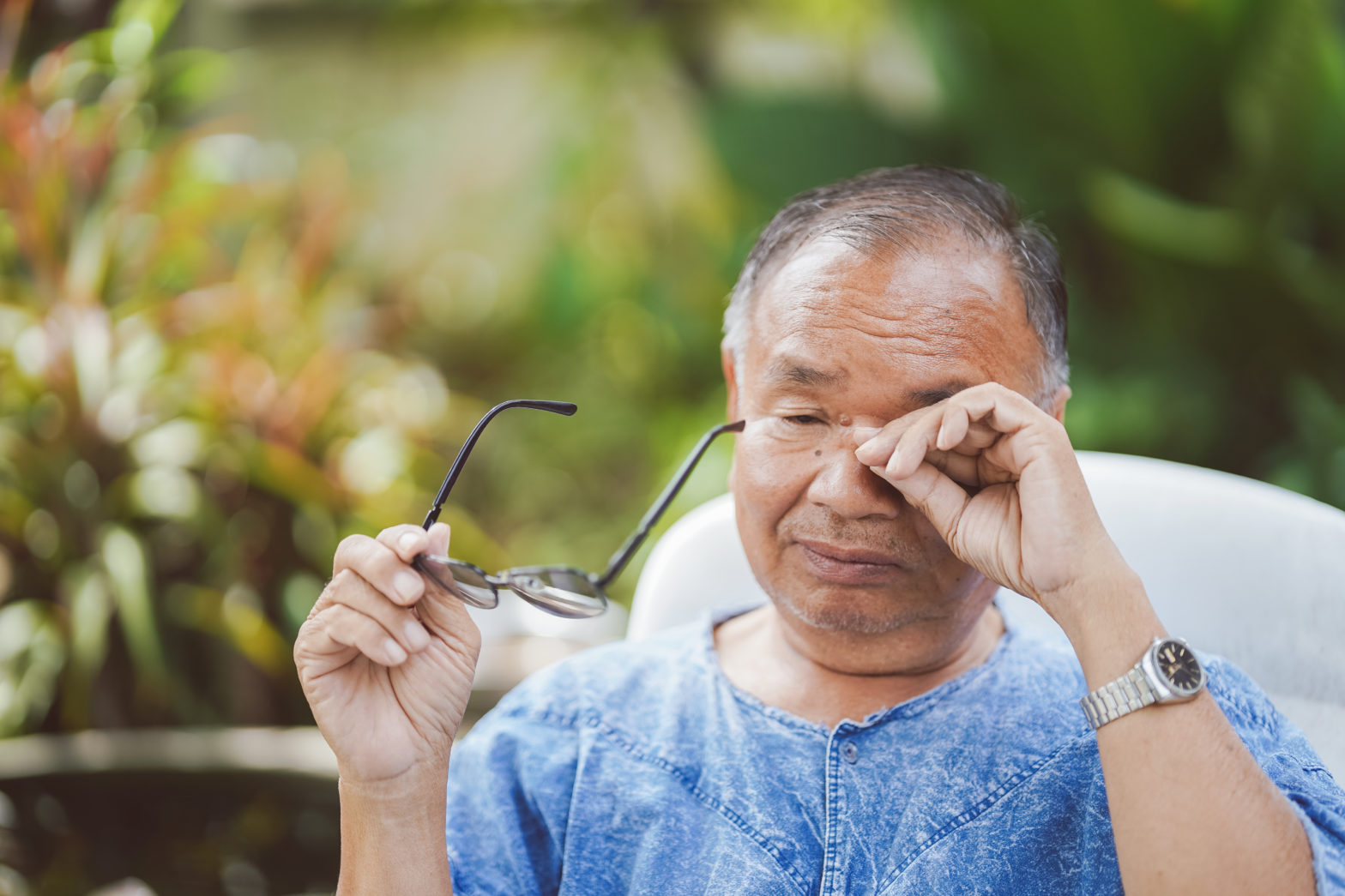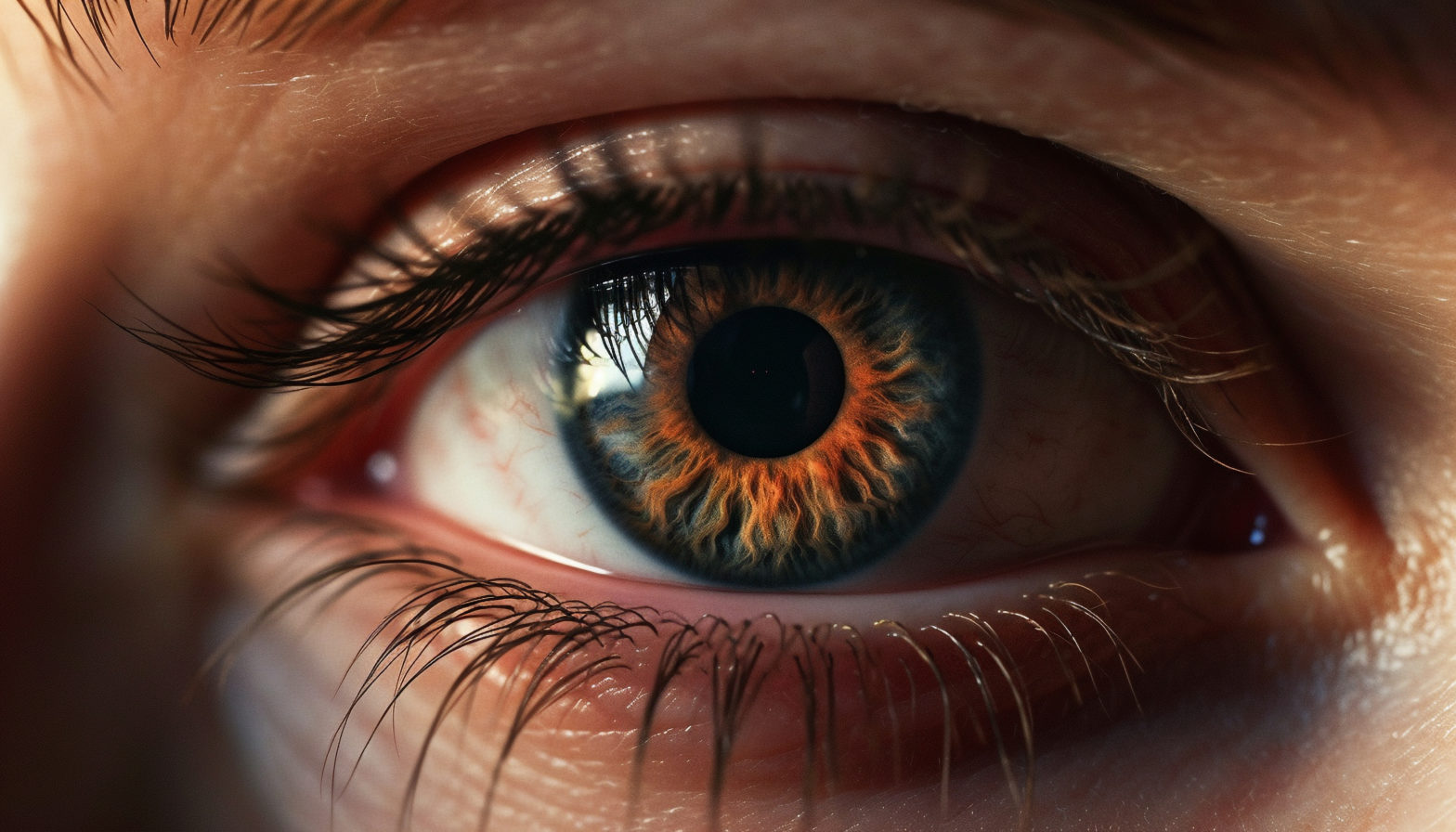The retina is an important part of the eye that converts light into neural impulses, which are then transmitted to the brain to generate visual images. Understanding the structure of the retina is critical for diagnosing and treating disorders like retinal layer thinning, also known as retinal atrophy or degeneration. This condition is characterised by the slow loss of retinal tissue, which causes vision issues and may result in vision loss. In this article, we’ll look at the early indicators of retinal layer thinning, the 10 layers of the retina, and how to protect your vision.
What is Retina?
The retina is a thin layer of light-sensitive tissue in the rear of the eye. It plays an important function in vision by converting light that enters the eye into electrical signals that are then transmitted to the brain via the optic nerve. These signals are processed by the brain to produce the visuals we perceive. The retina contains photoreceptor cells known as rods and cones, which perceive light and color, respectively. Clear vision depends on the retina’s proper function.
Understanding Retinal Layer Thinning
Retinal layer thinning is the gradual loss of retinal tissue that can affect the conversion of light into visual information. Early detection and suitable precautions are critical for managing its progression and maintaining vision.
Is Retinal Thinning Serious?
Retinal thinning is a serious disorder that can cause substantial visual issues and perhaps vision loss if not treated properly. The retina is essential for vision because it turns light into neural signals that are transmitted to the brain, resulting in visual images. When the retina thins, this process is disrupted, resulting in impaired vision.
Why is Retinal Thinning Serious?
-
Progressive Vision Loss:
Retinal thinning can cause a gradual loss of vision. The severity of vision impairment is determined by the extent and location of thinning.
-
Potential for blindness:
In its final stages, retinal thinning can cause full loss of vision in the affected area, especially if it affects the core part of the retina (the macula), which is essential for detailed vision.
-
Eye Disorders:
Retinal thinning can be a symptom or precursor to more serious eye disorders such macular degeneration, retinal detachment, or glaucoma. These disorders might exacerbate vision problems and necessitate quick treatment.
-
Impact on Quality of Life:
Retinal thinning can cause vision loss that interferes with daily activities such as reading, driving, recognising faces, and other tasks that require clear vision, reducing quality of life.
Early Warning Signs
While retinal layer thinning does not often display noticeable symptoms in its early stages, there are some markers to look out for, including:
- Blurred or distorted vision
- Difficulty seeing in dim lighting
- Loss of peripheral vision.
- Floating or flashing lights in the field of view
- Reduced colour perception
- Difficulty adapting to changing lighting conditions
The 10 Layers of the Retina
The retina is made up of ten unique layers, each of which serves a specific purpose in the visual process. The layers include:
- The retinal pigment epithelium (RPE) is the outermost layer that nourishes retina vision cells and absorbs excess light.
- The photoreceptor layer contains rod and cone cells that detect light and colour.
- The External Limiting Membrane is a thin layer that divides photoreceptors from the inner retinal layers.
- The outer nuclear layer contains the photoreceptor cell bodies.
- The outer plexiform layer is where photoreceptor cells synapse with horizontal and bipolar cells.
- The inner nuclear layer contains the cell bodies of bipolar, horizontal, and amacrine cells.
- The Inner Plexiform Layer is where bipolar cells connect with ganglion cells.
- The Ganglion Cell Layer contains the cell bodies of ganglion cells, which carry visual information to the brain.
- The Nerve Fibre Layer is made up of the axons of the optic nerve’s ganglion cells.
- The Internal Limiting Membrane is the deepest layer that divides the retina from the vitreous humour.
Causes of Retinal Layer Thinning
Retinal layer thinning can have a variety of causes, including:
- Age-related degeneration – Retinal layers can shrink naturally as we age.
- Genetic predisposition – Some people may be genetically predisposed to retinal thinning.
- Eye trauma or injury – Physical damage to the eye can cause retinal layer thinning.
- Chronic disorders, such as diabetes or hypertension, can impair retinal health.
- Inflammatory conditions: Inflammation inside the eye can cause retinal damage.
- Long-term exposure to damaging UV radiation or environmental pollutants can cause retinal thinning.
Precautions to Protect Vision
While some reasons of retinal layer thinning may be beyond our control, we can take precautions to safeguard our vision and limit the risk of progression:
1. Regular Eye Exams:
Have complete eye exams with an eye care specialist to maintain your eye health and spot any changes early.
2. Keep Healthy Lifestyle Habits:
To promote overall eye health, eat a well-balanced diet high in antioxidants, exercise regularly, keep a healthy weight, and avoid smoking.
3. Protect Your Eyes:
To prevent eye strain, wear UV-protective sunglasses and safety glasses during high-risk activities, and take breaks during prolonged screen usage.
4. Manage the underlying health conditions:
Maintain management of chronic illnesses such as diabetes and hypertension by following your healthcare provider’s recommendations for regular monitoring and treatment.
5. Follow the Treatment Plans:
If you are diagnosed with retinal layer thinning or a comparable ailment, strictly adhere to your doctor’s treatment plan, which may include pharmaceutical regimens, lifestyle changes, or surgical treatments as needed.
Retinal layer thinning can provide major challenges to visual health, but early detection and aggressive measures can help manage its progression and preserve vision. We can take control of our eye health and enjoy clear vision for years to come by paying attention to early warning symptoms, scheduling regular eye exams, adopting healthy lifestyle practices, and following physician advice. Remember that understanding the retina’s layers and their importance can help you protect your vision. Your vision is precious; protect it today to ensure a brighter tomorrow.









